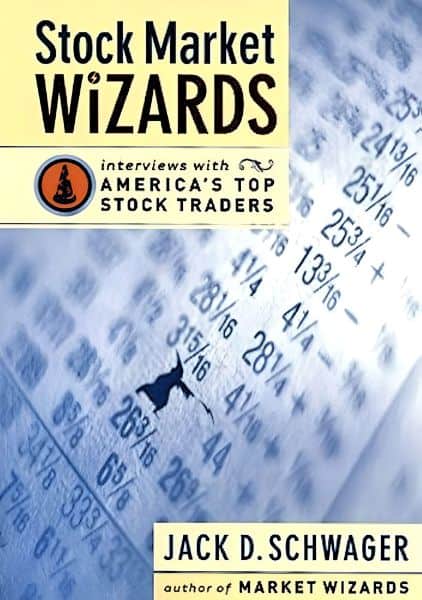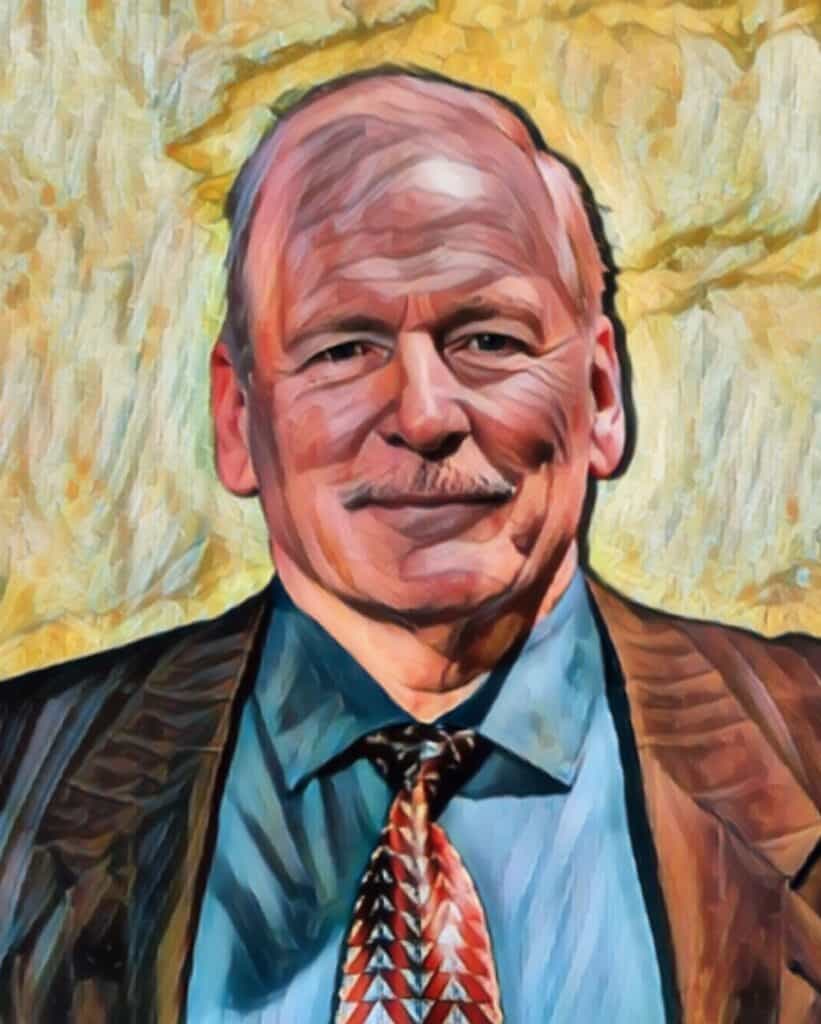Marc Cohodes from the Big Short is one of the most popular short sellers in the game. He’s spent the last few decades exposing failing business models and fraudulent management teams as a PM at Copper River Management, greatly increasing his net worth in the process. Today he manages his own money with the same passion for finding and exposing frauds.
This blog post outlines five tactics Marc uses to find new short ideas. These tactics are:
- “The Wig” Indicator
- Bet The Jockey
- The Eighth Grader Test
- Fight or Flight
- Thesis Creep
Let’s get after it.
Tactic 1: The “Wig” Indicator
Marc loves betting against executives with perms. Okay, not precisely, but hear me out. Marc explained his “Wig” indicator in an interview with Edwin Dorsey (emphasis added):
“I think my batting average is close to 10% when I find an executive who wears a wig.”
You should be careful of executives who try to woo investors with fancy haircuts, plush offices, and extravagant private jets. They often hide something negative about the company, whether it’s deteriorating margins, poor M&A, or excessive executive compensation.
Tactic 2: Bet The Jockey
Marc makes his life easier by shorting companies with “career failure” CEOs. Here’s how he put it in his interview with Edwin (emphasis added):
“I always say bet the jockey, not the horse. An executive’s track record means a lot. If you’re going to short stocks, finding career failures, people who screw up in general again and again are much better targets than people who have had success their entire lives.”
This is arguably the most critical tactic in Marc’s shorting toolkit. Think of how many billions of dollars short sellers have lost betting against Elon Musk, Jeff Bezos, Marc Benioff, or Mark Zuckerberg.
Betting against perennial winners is a bad idea. Made worse by the fact that these winners play by different rules than conventional public market CEOs.
Never short a vision stock based on a valuation model.
Instead, investors should short “boring” stocks and avoid the visionary perennial winners. I like how Cliff Sosin of CAS Investment Partners explains this idea ( emphasis added):
“I like to short boring, bond-like stocks. I don’t chase highly shorted stocks or fads/popular stocks. Instead, I try to find companies whose competitive advantages will slowly decline over time. This creates a bond-like structure to the short bet and allows us to hold it for a long time due to lack of extreme volatility.”
Tactic 3: The Eighth Grader Test
Cohodes uses a simple test to filter for potential shorts, called the “Eighth Grader Test.”
If Marc can’t explain the business model to an eighth grader, it goes on the “potential short” list.
Complexity is like Harry Potter’s Invisibility Cloak. Enron disguised its fraud in highly complex and unregulated energy trading markets. Theranos operated in the complex world of cutting-edge biotechnology. The more complex, the easier it is to hide wrongdoing.
Peter Lynch had similar thoughts about complexity. Lynch only invested in stocks he could explain to a fifth grader (emphasis added):
“If you’re prepared to invest in a company, then you ought to be able to explain why in simple language that a fifth grader could understand, and quickly enough so the fifth grader won’t get bored.”
This should be the first test you run when researching new ideas.
Tactic 4: Fight or Flight
Investors can learn a ton about a company from how they respond to targeted short reports. Do they lash out and retaliate? Do they sue the research firm or hedge fund and insult them over Twitter?
Or do they simply refute the claims in a press release and get on with their lives?
CEOs and companies that react violently towards such reports are great short candidates. Cohodes explains why (emphasis added):
“Another indicator is when a CEO picks fights with a short seller. That is always a terrible sign. CEOs should run their business, understand what the skeptics are saying, and execute. CEOs who focus on the shorts often get distracted and fail.”
Honest management teams don’t pick fights. They work on improving their business. Why waste time, energy, and resources on something they know isn’t accurate?
Tactic 5: Thesis Creep
The final tactic Marc uses to find short candidates is Thesis Creep. Thesis Creep occurs when companies recognize their failing business model and pivot to something more popular. We saw this during the Dot Com bubble when companies added “.com” to their names.
We’re seeing similar things today. Helbiz (HLBZ), a transportation company, announced it will “incorporate ChatGPT into several business departments.”
Unsurprisingly, the stock is down 90%+ over the past year.
Recap: Marc Cohodes’ Five Tactics To Find New Short Ideas
We now have a five-step Short Idea Checklist to use when assessing any stock:
- “The Wig” Indicator
- Bet The Jockey
- The Eighth Grader Test
- Fight or Flight
- Thesis Creep
I hope you enjoyed this post on Marc Cohodes. If you want to learn more about how the game’s best traders profit from markets, check out our Trading Greats series.








